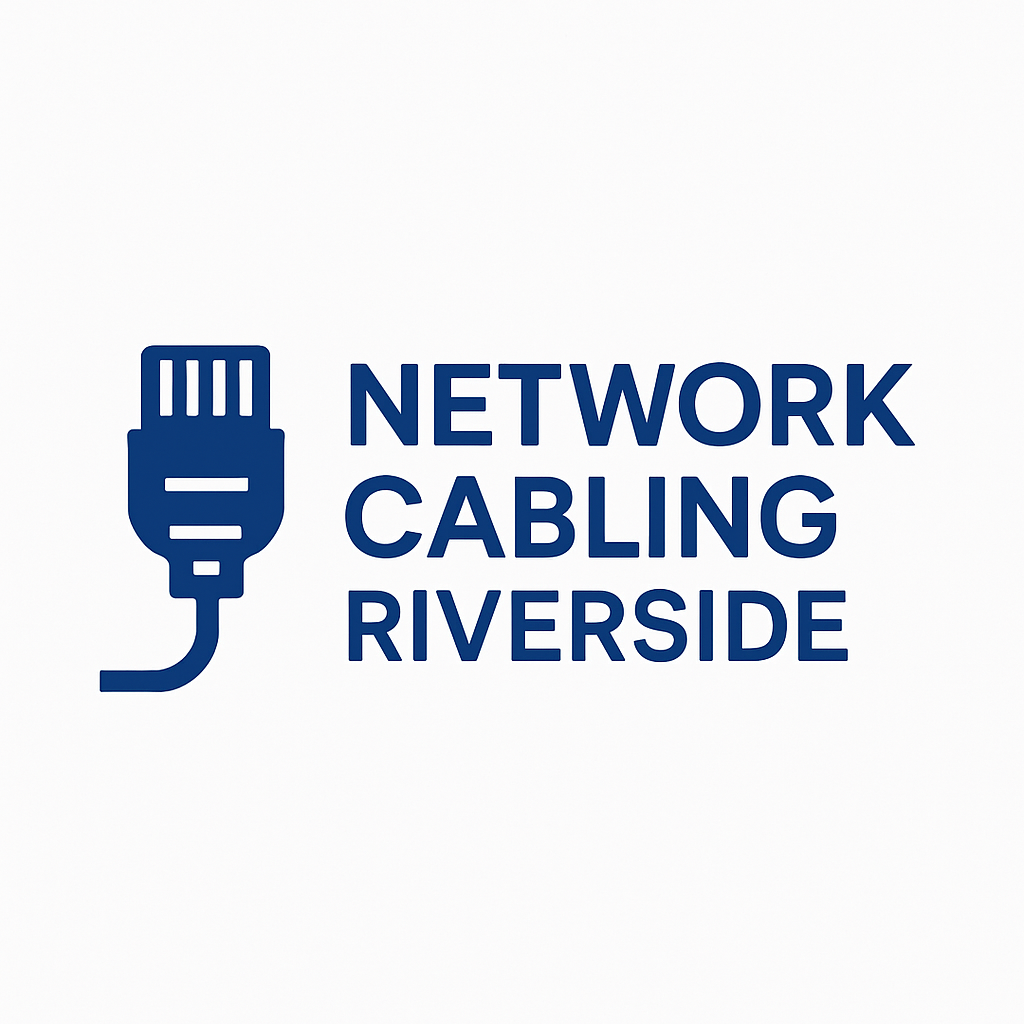How to Test Network Cabling in Riverside, CA | Complete Guide
Maintaining a reliable network requires more than just installing cables correctly. Over time, network cabling can experience wear, signal loss, or faults that impact performance. Testing your network cabling ensures optimal connectivity and reduces downtime for homes and businesses in Riverside, CA. This guide will walk you through the methods, tools, and best practices for testing network cabling.
Why Testing Network Cabling is Important
Testing network cabling is essential for several reasons:
- Identifying Faults: Detect issues like broken wires, shorts, or open circuits that can disrupt connectivity.
- Ensuring Performance: Verify that the cabling supports desired speeds and bandwidth, especially for high-speed networks.
- Compliance and Standards: Confirm that the installation meets industry standards, including TIA/EIA specifications.
- Troubleshooting: Quickly locate issues in existing networks without unnecessary guesswork.
Whether you are managing a small office or a large network infrastructure, proper cable testing saves time and prevents future problems.
Common Tools Used to Test Network Cabling
Testing network cables requires specialized tools designed to check performance, connectivity, and quality. Key tools include:
- Cable Testers: Basic testers check continuity, wiring integrity, and pin configuration. They are ideal for identifying broken wires or miswires.
- Network Multimeters: Measure signal strength, voltage, and resistance across the cable.
- Certification Testers: Advanced testers certify cabling to industry standards and measure bandwidth capabilities, crosstalk, and attenuation.
- Tone Generators and Probes: Useful for tracing cables through walls or ceilings, especially in complex networks.
- OTDR (Optical Time-Domain Reflectometer): Used for fiber optic cables to detect faults, splices, and signal loss over distance.
Each tool serves a specific purpose, so choosing the right one depends on the type of cabling and the depth of testing required.
Step-by-Step Guide to Testing Network Cabling
1. Visual Inspection
Before using any tools, visually inspect cables for physical damage such as cuts, kinks, or worn connectors. Ensure all connectors are securely terminated and free from corrosion.
2. Continuity Test
Using a basic cable tester, check the continuity of each wire in the cable. This ensures that all pairs are properly connected from end to end and there are no breaks or miswires.
3. Performance Testing
For Ethernet cabling, measure parameters such as:
- Bandwidth: Confirm the cable can handle the intended data speed, such as 1 Gbps or 10 Gbps.
- Crosstalk: Detect interference between cable pairs that can degrade network performance.
- Attenuation: Measure signal loss over distance to ensure it remains within acceptable limits.
Certification testers provide these measurements and offer a detailed report for record-keeping.
4. Testing Fiber Optic Cables
Fiber optic cables require specialized testing:
- Use a visual fault locator to find breaks or bends in the fiber.
- Use an OTDR to analyze distance-based faults and signal loss.
- Verify connectors are clean and properly polished to prevent light loss.
5. Trace and Label Cables
If multiple cables run through walls or ceilings, use a tone generator and probe to trace them. Proper labeling prevents confusion during maintenance and troubleshooting.
6. Document Test Results
Maintaining records of all test results helps identify recurring problems, ensures compliance, and provides reference for future network upgrades.
Best Practices for Network Cabling Testing
- Test cables after installation and before connecting devices to the network.
- Regularly retest critical network segments to ensure ongoing reliability.
- Keep cabling neat, organized, and labeled to simplify troubleshooting.
- Follow industry standards such as TIA/EIA for cabling performance.
- Replace or repair damaged cables promptly to prevent network issues.
Common Issues Found During Testing
- Open or Short Circuits: Broken wires or accidental contact between conductors.
- Miswiring: Incorrect pinout leading to connection failures.
- Signal Loss: Attenuation due to long cable runs or poor-quality materials.
- Crosstalk: Interference between adjacent cables reducing speed and reliability.
- Connector Issues: Loose or damaged RJ45 or fiber connectors causing intermittent connections.
FAQs
Conclusion
Testing network cabling in Riverside, CA, is a crucial step to ensure reliable connectivity, high performance, and long-term network stability. By using the right tools and following proper testing procedures, both copper and fiber networks can maintain optimal performance. Regular testing, documentation, and adherence to standards not only prevent connectivity issues but also save time and resources in the long run. Following these best practices will help homes and businesses in Riverside maintain a network that is fast, reliable, and future-ready.
If you want, I can also create a visually appealing FAQ section with structured headers for better readability and SEO impact for this same article. It will make the blog even more professional and easier to scan. Do you want me to do that next?
